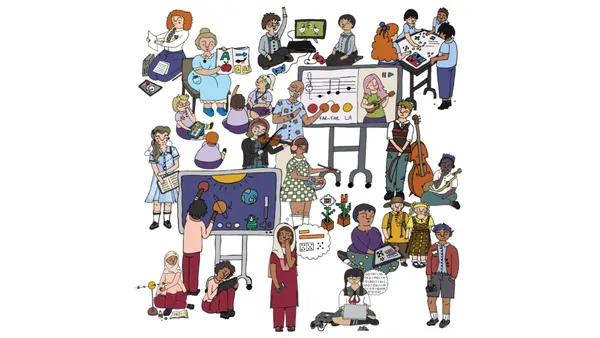Dive Brief:
- More teacher protests are expected this year and some efforts are already underway in areas like Washington state, where more than a dozen school districts have gone on strike this school year, Los Angeles, where teachers have already voted to authorize a strike that could take place in October; and North Carolina, where grass roots organizers are seeking more support for collective actions this year, Education Week reports.
- The increase in the probability of teacher protests stems from the success of teacher protests last year and the growing public support for higher teacher salaries as seen on recent polls.
- Another factor is the possible response by blue states to the Supreme Court’s decision in the Mark Janus case, which prohibits the collection of agency fees from teachers who don’t join the union. The union’s attorney in the case argues that these fees have long been “the trade-off for labor peace.”
Dive Insight:
During the past academic year, six wide-scale protests and strikes in Arizona, Colorado, Kentucky, North Carolina, Oklahoma, and West Virginia took place across the nation. Factors that led to the protests include disputes over teacher pay gaps with other professions, the decline of true teacher pay since the recession, and the sense there is a growing lack of respect for the profession.
The attention drawn by the protests has yielded some results. Teacher protests have resulted in concessions and pay raises for teachers in several cases. Public support for higher teacher wages seems to be increasing as well. However, there are still many states that are not funding education at pre-recession levels. At the same time, expenses for teachers have increased and many state benefits have declined due to budgetary pressures, leaving many teachers worse off than they were a few years ago. As a result, more protests are likely in the future.
In general, however, teacher strikes are not in the best interests of students, especially those who are already struggling academically. The disruption of teacher strikes is also hard on family routines and can cause serious problems for school administrators who are caught in the midst of it all. Hopefully, negotiations between state lawmakers and state educators will avert most of these strikes as the pendulum of public opinion supports increased wages for teachers. It is also important to watch whether unions will use strikes as a backlash against the decision of the Supreme Court. School leaders, experts say, can continue to focus on making their schools places that teachers would want to work through offering time for planning and collaboration, professional growth and open communication.













